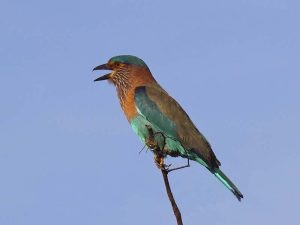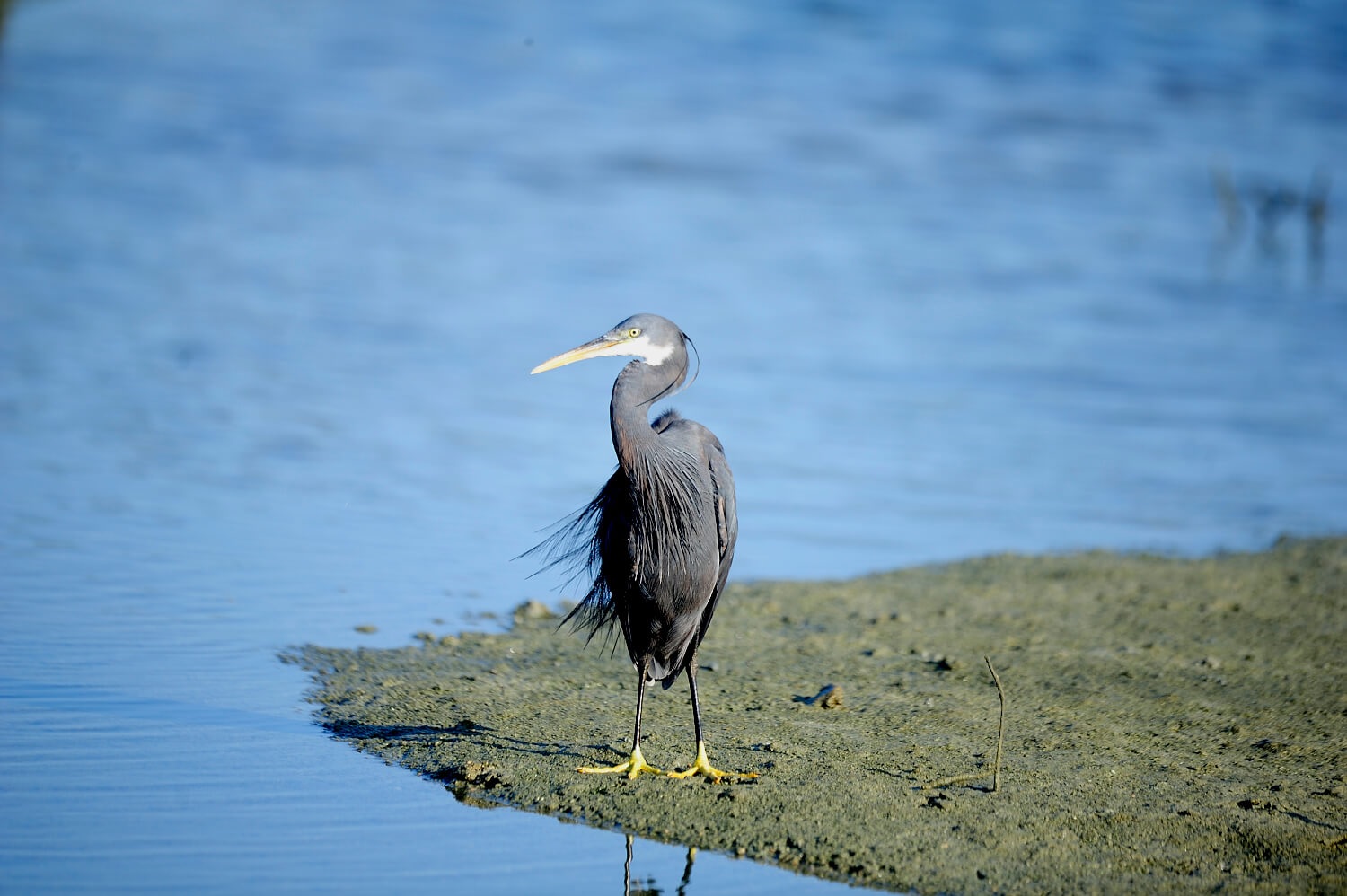The government has initiated the land acquisition process, predominantly privately owned, for the Adani-backed 250MW Mannar Wind Power Project (MWPP), according to the final environment impact assessment (EIA) report. The report places strong emphasis on bird protection measures, highlighting the need for advanced radar systems to signal turbine shutdowns, aiming to mitigate potential impacts on Mannar’s diverse birdlife. The Thambapawani Wind Power Project, operated by the Ceylon Electricity Board (CEB), experienced higher-than-predicted bird collisions, reinforcing the importance of proactive measures.

Awarded to Adani Green Energy Sri Lanka Limited (AGESL) by the Power and Energy Ministry as a build, own, and operate (BOO) project, the MWPP involves a substantial investment of approximately US$ 420 million. Comprising 52 wind turbines with a capacity of 5.2MW each, the project is strategically located parallel to the existing Thambapawani wind farm on Mannar Island. Once operational, it is expected to contribute around six per cent of Sri Lanka’s energy requirements, generating 1,048GWh annually.
The EIA was conducted within the designated “Energy Development Area” declared by the Sri Lanka Sustainable Energy Authority in 2014. The required land area of 201.98 hectares, inclusive of access roads, will be acquired by the SLSEA and leased to AGESL on a long-term basis.
Mannar is recognized as a significant bird habitat, hosting migratory shorebirds on its mudflats and serving as breeding grounds for various native aquatic and semi-aquatic bird species. The proposed MWPP area includes three protected zones—the Adam’s Bridge National Park, Vidataltivu Nature Reserve, and the Ramsar site Vankalai Sanctuary.
As part of the mitigation strategy, the EIA proposes the shutdown of wind turbines in the event of potential collisions. This process, either triggered by human observers or an automated avian radar system, aims to minimize the risk of bird mortality. The radar system utilizes real-time information to determine precise shutdown durations, reducing overall impacts on energy production and costs. The MWPP’s location along the Central Asian flyway, a major migratory route for birds, underscores the importance of balancing renewable energy development with wildlife conservation.







